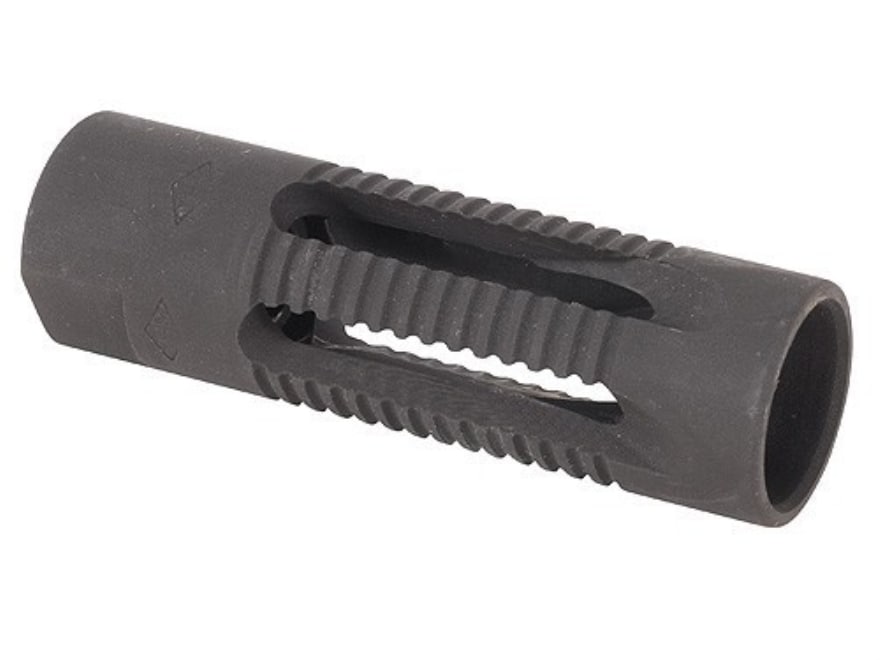
Giberson the hider series#
For the past five years or so, she has been working on a series of artists' books and large murals for public art projects. When I was young, she worked on a body of collaged fabric pieces. My dad's a glass blower, my mom is more multi-disciplinary. Both of my parents are artists and they put a lot of value on handwork, and things coming from the hand. TG: It has a lot to do with the way I was raised.

we had this big garden in the back of our house.ĪP: I want to know more about the elaborate hand-stitching on your garments. TG: I was raised in New Hampshire, and when I was growing up, my mom made pretty much everything: our clothing, our animals, all of our food. and fantasy.ĪP: Tell us a bit about your childhood. TG: My childhood experiences the clothing and toys my mother made for us growing up. Here's what Tess had to say about this and more.ĪP: What is this latest collection based on? In fact, their works combine so fluidly - the patterning, attention to detail, subtle symbology - that you imagine that they are conspiring to extend their marriage into art, rather than collaborating on work. His paintings are very delicate graphic works, which somehow organically fuse with the intricate hand stitching that is emblematic of Tess's designs.

The two often collaborate on Tess's projects - specifically on building the concept of her presentations. It's white and airy, but somehow the environment feels very cozy. She lives with her husband, Jon Widman, a painter, amidst many books, records, and CDs in a work/live space in center of the meat packing district. Something separates her, and it is largely to do with her lifestyle.

and for the past few years, she has managed to maintain an utopian autonomy in the cult of young fashion designers she sells among at Barneys and Seven in New York, and a few other stores word wide (one in Hong Kong four in Japan). Tess Giberson is one of those rare individuals who has a very particular style.


 0 kommentar(er)
0 kommentar(er)
